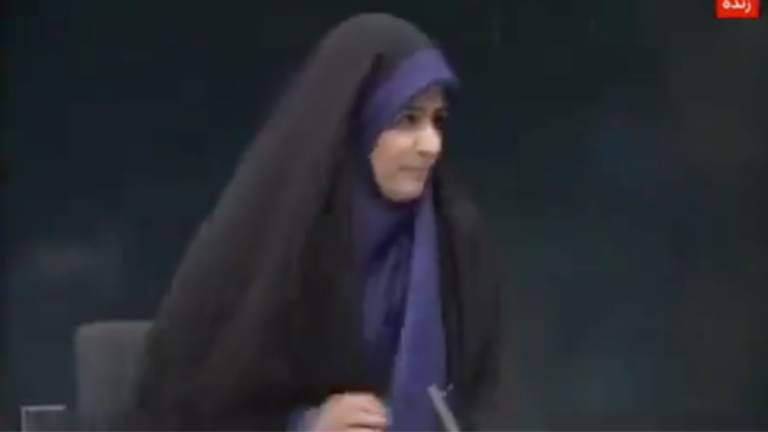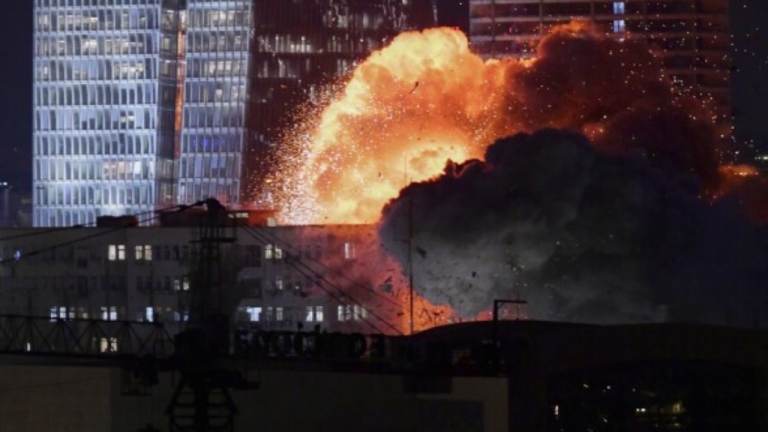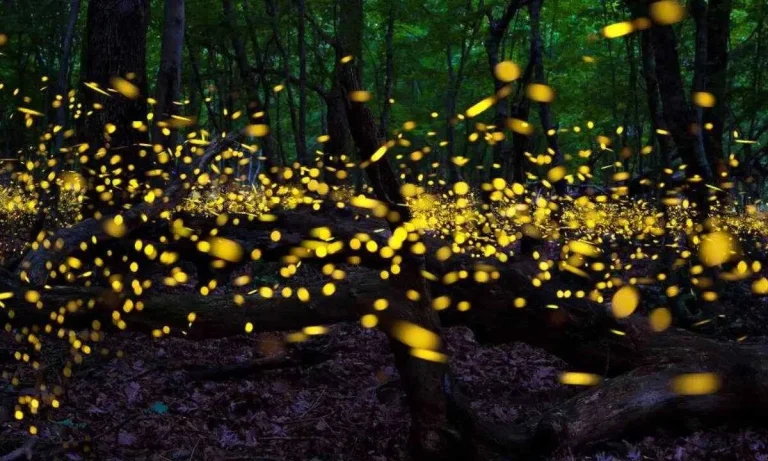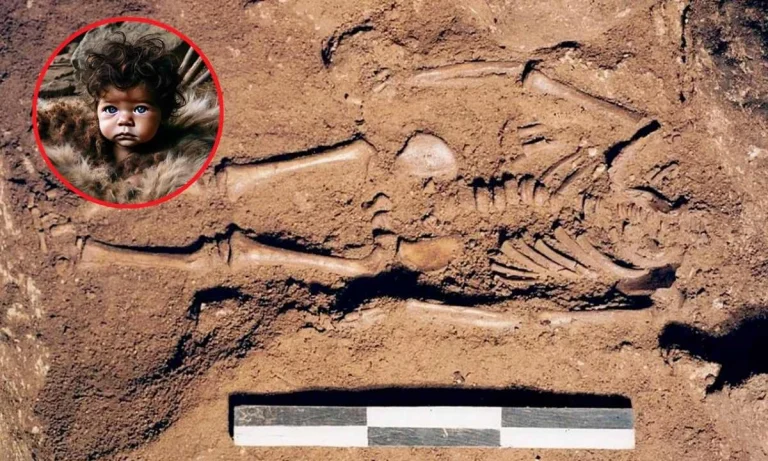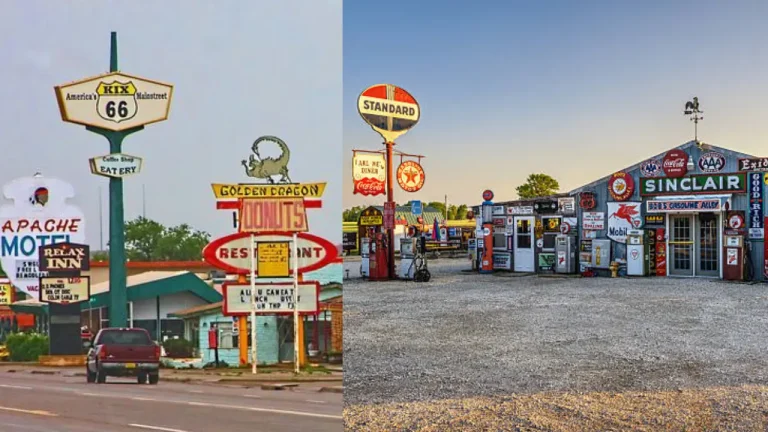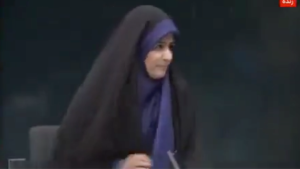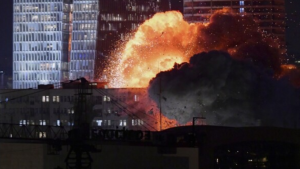In 1974, a group of farmers digging a well near the Xi’aang province, China, discovered pieces of what appear to be human-shaped terracotta statues. This unearthing would later lead to one of the greatest archeological discoveries done to date, a terracotta army of nearly 8000 troops. These life-size statues were built as ordered by Qin Shi Huangdi, the first emperor of China. The sculptures of horses and warriors in full armor stand in battle formation.
But what are they protecting? The sculptures are buried with the emperor Qin Shi Huangdi and is guarding him in his afterlife. Let’s dive into the details.
Terracotta Army of 8000!
What emerged was a whole army of human-sized statues, intricately detailed, waiting silently for more than 2000 years. They stand facing east, poised for battle. These soldiers guard the outer wall of the tomb of Qin Shi Huang, the first emperor of the Qin dynasty. At the time of writing this article, archeologists have excavated around 2000 terracotta army figurines. The actual number of statues could be around 8000 according to them.

Going Back in Time
To get to the story’s roots, we have to travel back to the 2nd century BC China. Let us begin at the ascension of King Zhao Zheng, to the throne of Quin state. He was a boy of 13 years at the time. With the use of strict authoritarian rule and strategy, he managed to slowly conquer the seven main states of China at the time. While focusing on war and the country’s development, he was busy preparing another army that would accompany and protect him in death.
This project spanned 40 years, using the labor of a workforce of nearly 72000 men. The sizes of the figurines vary according to the rank. The tallest (around 6.6 feet) belongs to those of military generals. The facial features and physical characteristics also differ in the statues. Experts in the field believe that the terracotta army represents the distinct physical features of all the provincial ethnicities recruited in the emperor’s service.
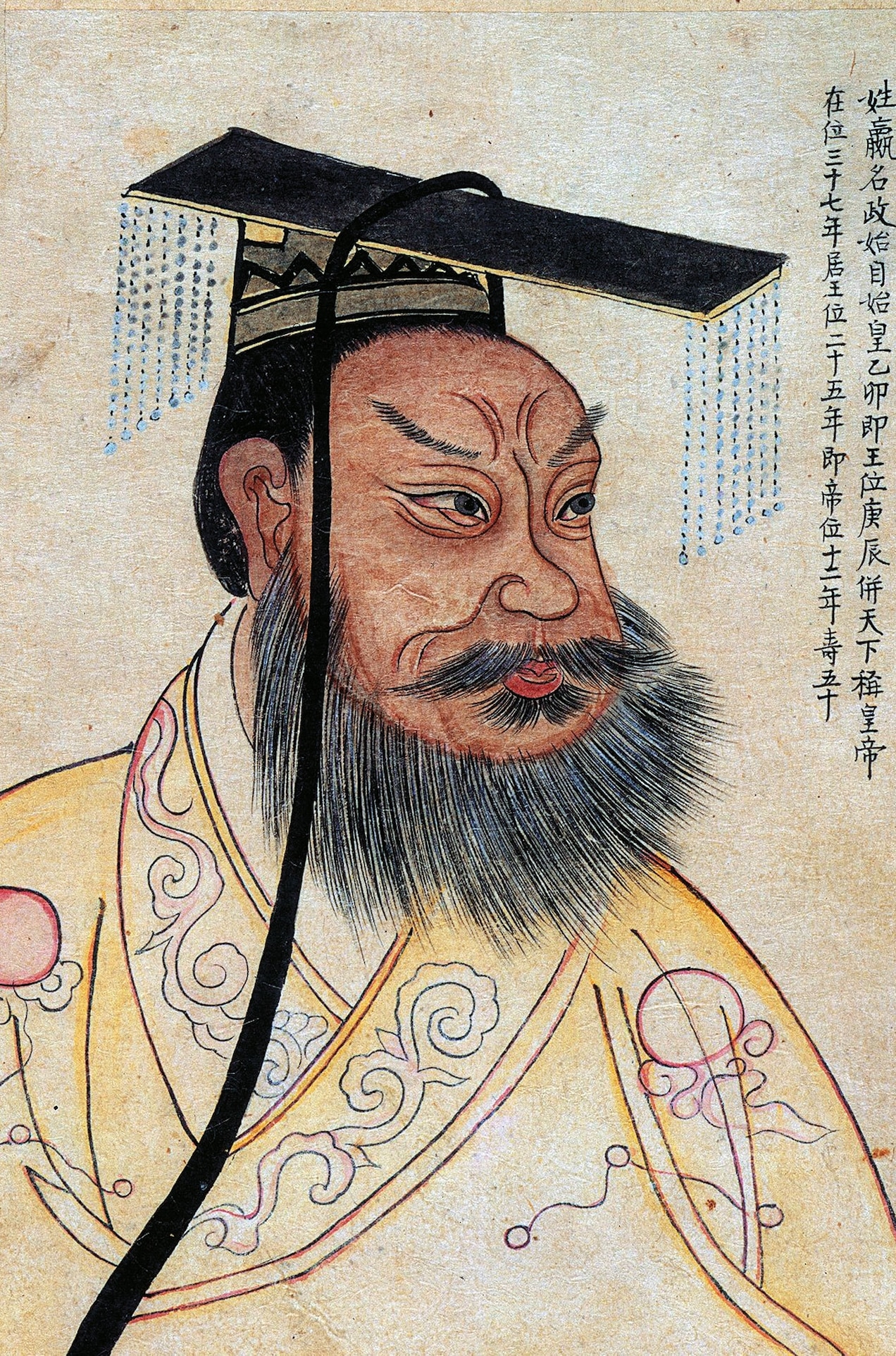
Manufacturing process of the Army
The workers mass-produced and assembled the statues, much like the working of a modern mass-manufacturing operation. They then baked them in a kiln and later hand-painted the features. However, most of the intricately painted details on the figurines have failed to stand the test of time.

Mausoleum of the Emperor
Most recent research found that these soldiers were a part of a Metropolis in the Emperor’s name. The findings state that this ‘city of the dead’ spans 98 square kilometers.
Of the four burial pits unearthed so far, the terracotta army in the first and the largest pit is the defensive formation protecting the king’s mausoleum. The formation of the second pit resembles that of a military camp at the time. The third, much smaller pit resembles the interior of a military headquarters.
The terracotta army consisted of archers, chariots, generals, infantry, and cavalry and was organized in the formation of a real army defending an invasion. Of the 2000 odd figurines uncovered so far, officials, musicians, and acrobats also represent a portion. In addition, there are 130 chariots and 670 horses amongst the army.
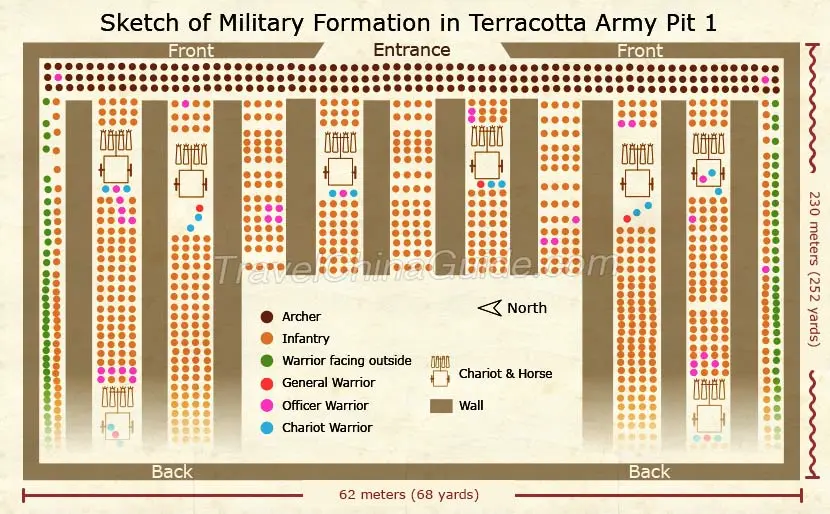
Emperor’s Tomb
The tomb of the Chinese emperor supposedly lies at the foot of a hill just 1.5 km away from his terra-cotta army. An account a few centuries after his passing, mentions that the tomb is filled with treasures and artwork. The record mentions that the hall the emperor lies in has mercury simulations of 100 rivers on the ground. It also has heavenly figures drawn on the ceiling. As hard as it is to imagine the scene, the high level of mercury contained in the soil near the mausoleum gives some credibility to the legend.
In 1987, the excavation site was declared a UNESCO World Heritage Site. However, no effort has been taken to excavate the emperor’s tomb. It is out of respect for the bygone king lying peacefully for millennia. There is also the fear of destroying the delicate balance of the closed-off environment. The current technology that we possess may be inadequate to preserve the treasures inside, once they are exposed to the natural environment.


Conclusion
So, the first emperor of Qin continues his two millennia of slumber, up to this date. His terracotta army troops, restored to a portion of their glory with the meticulous labor of the archeologists, look over their ruler, ready to defend with a word of command.
Also read,


